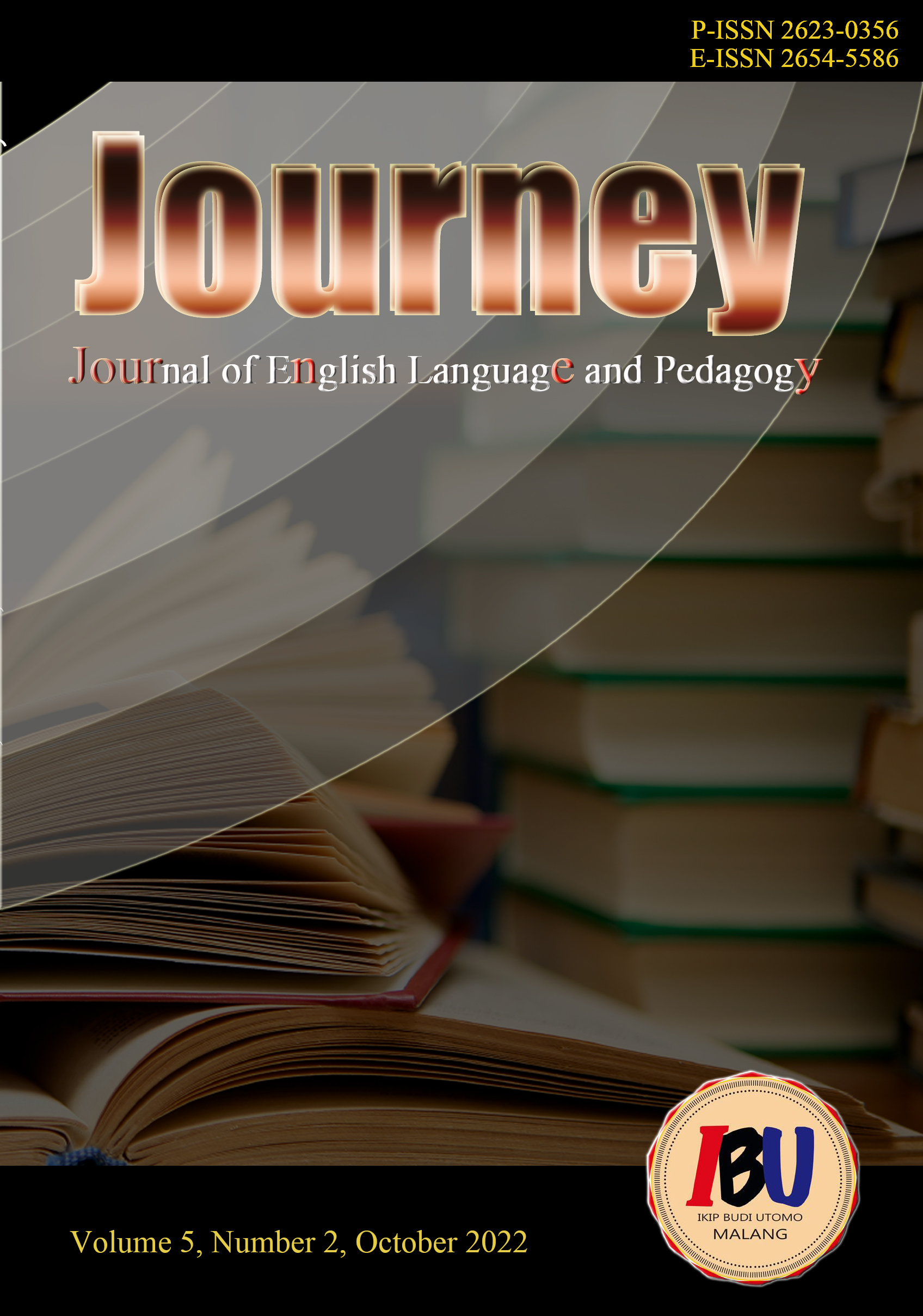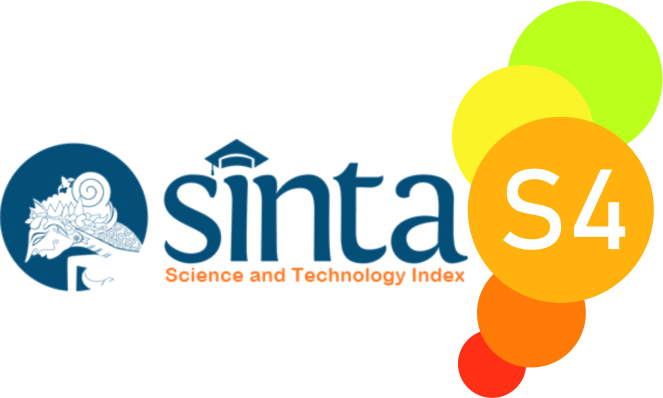The Idioms and Culture-Specific Items Translation Strategy for a Classic Novel
Abstract
A translator must have a thorough grasp of a language and its culture in order to determine the most appropriate interpretation while being true to the culture's intent. They must understand the translation technique and category to maintain consistency while translating cultural texts such as idioms and culture-specific items. This study explored translation procedures for idioms and culture-specific items, as well as their categories, in light of these considerations. The researcher did a descriptive qualitative study utilizing two instruments from Lucy M. Montgomery's original novel "Anne's House of Dreams," which was first published in 1917 and had 275 pages. Meanwhile, Maria M. Lubis released a 275-page Indonesian translation in 1998. According to the findings, there were 146 data points for idioms and 26 data points for culture-specific things. The most common translation approach utilized was Translation by Paraphrase, and the least common was Translation by Omission, according to the initial statistics on idioms. Meanwhile, the second set of data on Culture-specific Items revealed that Transfer was the most regularly utilized translation approach, while Deletion was the least. Finally, the most often used category for classification was Ecology. Overall, we believe that this study will aid readers in comprehending translation.
References
Baker, M. (1992). In other words: A coursebook on translation. Routledge.
Bungin, B. (2009). Analisis penelitian data kualitatif. Jakarta: Raja Grafindo.
Fitriani, E. (2020). Errors found on the English translation sentences of the third-year students of English at Ikip Budi Utomo. Journey: Journal of English Language and Pedagogy, 3(1), 36-45.
Floranti, A. D., & Mubarok, Y. (2020). Indonesia–English Translation of Idiomatic Expressions in The Novel This Earth of Mankind. Buletin Al-Turas, 26(2), 207-220.
Hubers, F., Cucchiarini, C., & Strik, H. (2020). Second language learner intuitions of idiom properties: What do they tell us about L2 idiom knowledge and acquisition. Lingua, 246, 102940.
Morid, M., Bachar, N., & Sabourin, L. (2021). Capturing the multi-determined nature of idiom processing using ERPs. Canadian Journal of Experimental Psychology/Revue canadienne de psychologie expérimentale.
Munday, J. (2016). Introducing translation studies: Theories and applications. Routledge.
Newmark, P. (1988). A textbook of translation (Vol. 66). New York: Prentice Hall.
Oxford Learner’s Dictionaries. Retrieved from https://www.oxfordlearnersdictionaries.com/definition/english/translation?q=translation
Persson, U. (2015). Culture-specific items: Translation procedures for a text about Australian and New Zealand children's literature. Kalmar Växjö Linneuniversitetet. p. 1-30.
Thyab, R. A. (2016). The Necessity of idiomatic expressions to English Language learners. International Journal of English and Literature, 7(7), 106-111.
Warwal, S.S (2015). Translation Process and Problem of Translation in World Classics. An International Multidisciplinary Research e-Journal, 1(1), p. 125-133.
Copyright (c) 2022 Inayah Ahyana Rohmawati, Esti Junining, Pratnyawati Nuridi Suwarso

This work is licensed under a Creative Commons Attribution-ShareAlike 4.0 International License.

Journey: Journal of English Language and Pedagogy by http://ejurnal.budiutomomalang.ac.id/index.php/journey/index is licensed under a Creative Commons Attribution-ShareAlike 4.0 International License.






